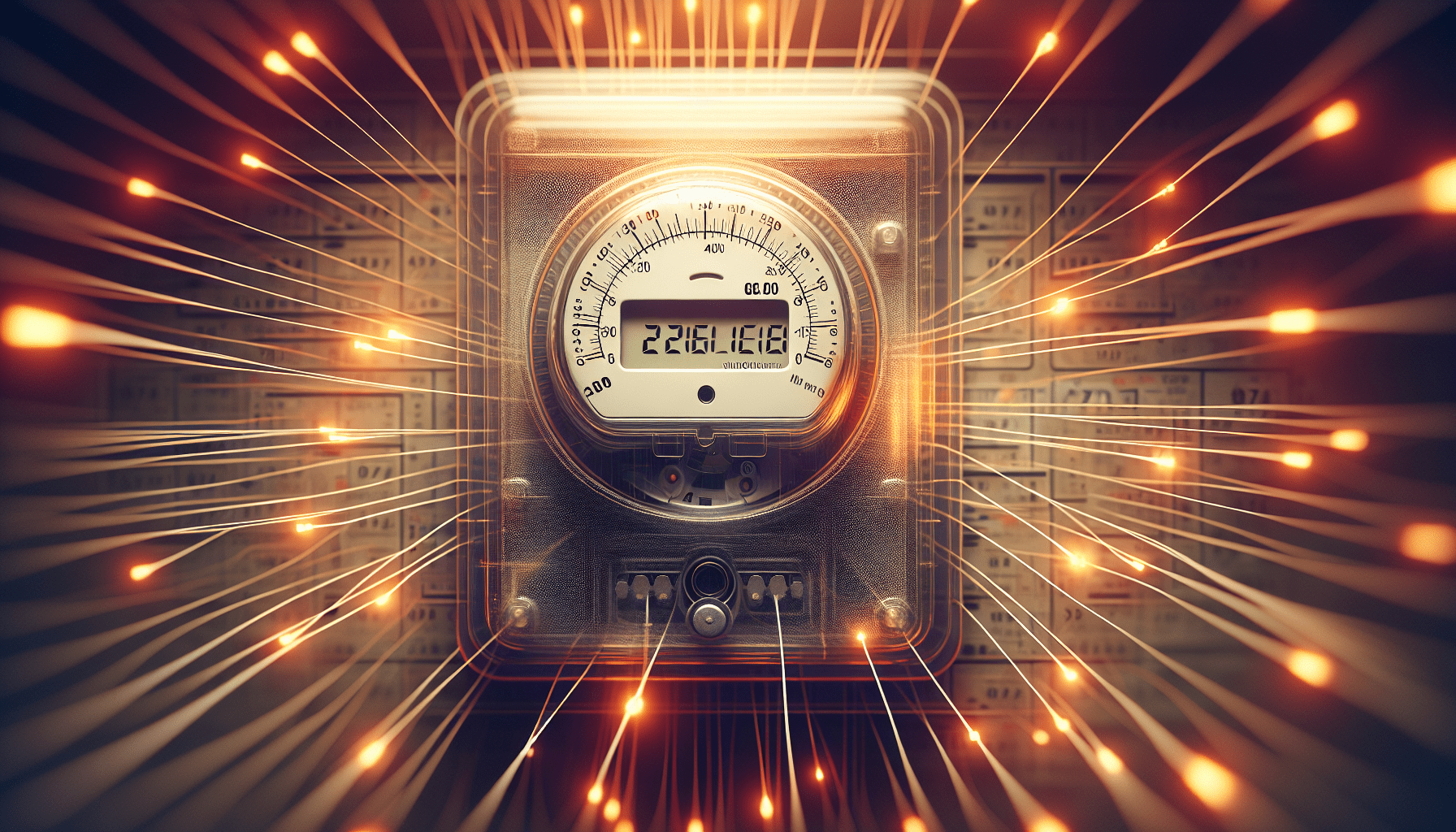Have you ever wondered why your electricity bill seems to keep rising even though your usage remains relatively the same? Electricity costs can be a significant portion of your household expenses, and understanding what drives these costs can help you manage them more effectively. Let’s explore the key factors that increase electricity costs and how they impact your wallet.

Learn More About Rising Electricity Costs
The Basics of Electricity Costs
Before jumping into the specifics, it’s important to grasp the basics of how electricity costs are determined. Your bill is generally made up of two primary components: the cost of the electricity you consume and various service and regulatory fees. Understanding both elements can provide you with deeper insights into what influences your overall bill.
Cost of Electricity Consumption
This is the most straightforward part of your bill. It’s based on the amount of electricity you use, typically measured in kilowatt-hours (kWh). The more electricity you use, the higher this portion of your bill will be. However, pricing isn’t as simple as it seems.
Fixed and Variable Fees
Apart from usage, your electricity bill includes fixed and variable fees. Fixed fees are costs that remain constant regardless of your electricity usage, such as service charges. Variable fees fluctuate based on the amount of electricity you consume and other market conditions. Both of these can significantly affect your final bill.
Key Factors Affecting Electricity Costs
Several interconnected elements contribute to the rising costs of electricity. Grasping these factors will help you understand why your bill might be steep.
Fuel Costs
The price of fuel is a significant factor affecting electricity costs. Power plants often rely on fossil fuels such as coal, natural gas, and oil. When the prices of these fuels rise, so do the costs of generating electricity. This increase is usually passed on to consumers.
Impact of Fuel Prices on Electricity:
| Fuel Type | Price Volatility | Contribution to Electricity Costs |
|---|---|---|
| Coal | Moderate | Medium |
| Natural Gas | High | High |
| Oil | High | Low |
Infrastructure and Maintenance
Maintaining and upgrading the infrastructure that delivers electricity—such as power lines, substations, and transformers—is costly. Regular maintenance is essential to ensure reliability and safety. When significant upgrades are needed, these are often reflected in your bill as increased fees.
Regulatory and Compliance Costs
Utilities are subject to a wide array of regulations designed to ensure environmental protection and safety. Compliance with these regulations usually incurs additional costs. For example, adhering to emission reduction targets can require significant investments in clean technology, which can elevate your electricity costs.

Discover How To Manage Your Energy Bills
Influence of Supply and Demand
Electricity is a unique commodity in that it must be generated and consumed in real-time. The supply of electricity and the demand for it must be perfectly balanced at all times. Any imbalance can lead to dramatic costs changes.
Peak Demand Charges
Utilities charge higher rates during periods of peak demand when electricity is most in use. These periods typically occur during extreme weather conditions when heating or cooling demands are high. If you can shift your usage to off-peak times, you might be able to reduce your costs.
Capacity Costs
Utilities need to maintain enough resources to meet peak demands. The costs associated with maintaining this capacity are considerable and are a part of your bill. As demand increases, the need for more capacity—and the related costs—increase.
The Role of Renewable Energy
Renewable energy is progressively playing a larger role in electricity generation. While it is often more sustainable, integrating renewable energy sources like wind and solar into the grid also comes with its own set of challenges and costs.
Initial Investment
Renewable energy sources require significant initial investment. This can make them more expensive in the short term, though they often lead to savings in the long term.
Intermittency and Storage
Renewables like wind and solar are intermittent by nature—they are not always available when demand is high. To counteract this, storage solutions and backup power systems are necessary, adding to costs.

Technological Developments
Improvements in technology can influence electricity costs in various ways, sometimes increasing and sometimes decreasing them. For example, smart grids and meters can help optimize electricity distribution, potentially reducing overall costs.
Automation and Smart Technology
The integration of smart technology has revolutionized many aspects of electricity generation and consumption. These technologies can help reduce waste and optimize electricity use but also might require upfront investment.
Energy Efficiency Standards
New regulations aiming to increase energy efficiency have changed how appliances and systems are made. More efficient systems can lower the overall demand, translating to reduced costs, although they may require higher initial outlays.
Regional Variations
Electricity costs can vary dramatically depending on where you live. Several factors contribute to these regional differences, from resource availability to local policies and climate conditions.
Geographical Influences
Regions rich in natural resources tend to have lower electricity costs due to easier access to fuel. Conversely, areas that import most of their energy resources typically face higher costs.
Policy Differences
Local regulations and policies can significantly impact electricity pricing. Some regions might have stricter environmental guidelines that lead to higher compliance costs, affecting your bill.

Conclusion
Figuring out electricity costs can feel like solving a complex puzzle. By understanding the factors that influence your electricity bill, such as fuel prices, regulatory costs, supply and demand dynamics, and renewable integration, you can better predict and potentially reduce those costs. Armed with this knowledge, you’re empowered to make more informed decisions about your energy consumption habits and look for strategies to reduce your electricity expenses. By paying attention to when you use electricity, investing in energy-efficient appliances, and staying informed about your utility provider’s rates and policies, you can take control of your energy costs.
Find Solutions To High Electricity Prices